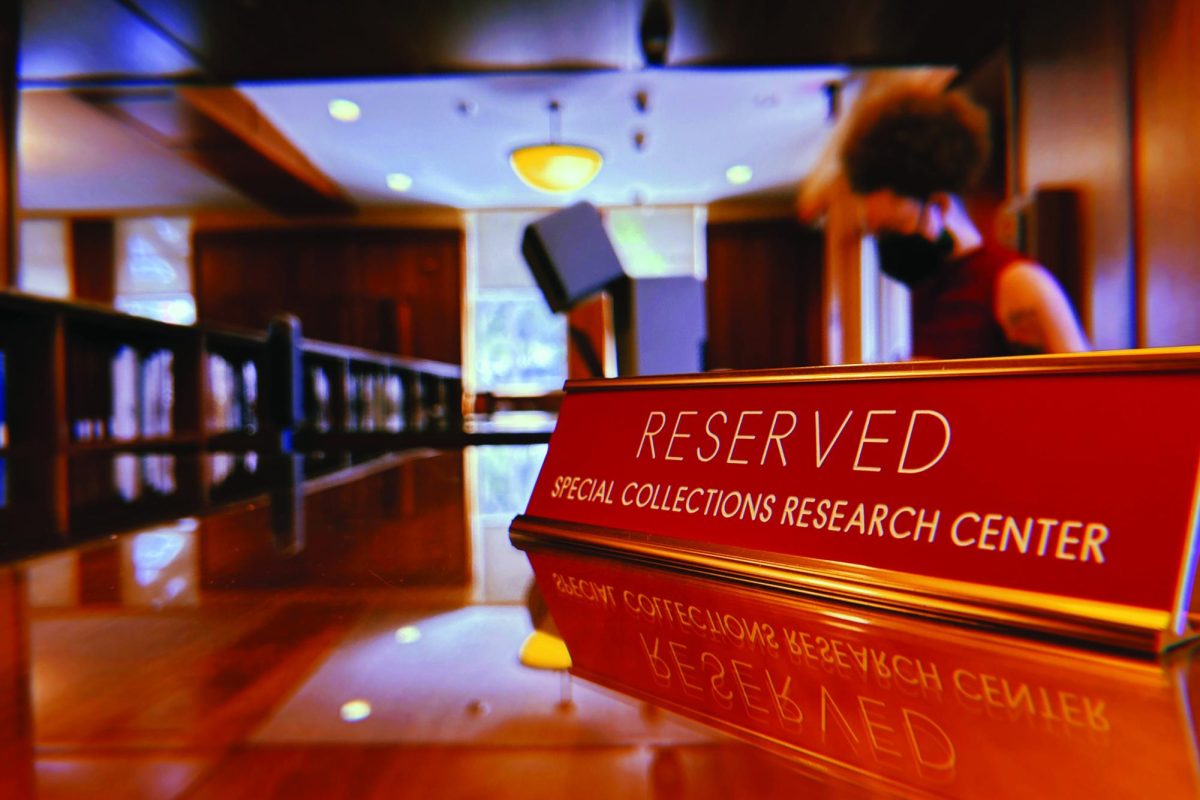The Facts: University Facilities and Operations funds its day-to-day operations from its operating budget. This funding cannot be used for capital improvement projects such as updating an antiquated pneumatic climate-management system.
Our Opinion: The state and University must come to an arrangement where Facilities and Operations can sensibly update the University’s systems in a viable economical and ecological manner.
The University has changed extensively during the last 38 years. Centennial Campus was born, many buildings have gone through sizeable renovations and much of campus has been modernized. Despite the University’s efforts, or lack thereof, Harrelson Hall and many other older buildings still have outdated pneumatic thermostats.
One of the principal issues that lies behind students’ groans about the climate in the University’s aged buildings is the funding mechanism for capital improvement projects like automatically controlled temperature systems.
Facilities and Operations cannot take money from its operating budget and put it towards energy saving improvements in University buildings. Some projects would pay for themselves in a matter of years, but are not funded because the financing would have to come from the University’s capital fund. Unfortunately, funding for those projects and many others has been severely cut this year due to the state’s budgetary woes.
Students often complain that Harrelson Hall is too warm or cold but is never just right — Goldilocks would be upset.
One of the problems then is that Harrleson Hall is set for demolition in the not-so-distant future. A plan for climate-system renovation, while possibly providing an economic and environmental benefit to the University in the short term, would not get financing through the capital fund.
Digital systems are actively able to control the climate in individual rooms and entire buildings, enabling quick climate responses to dramatically changing weather conditions like Raleigh typically sees in the fall and spring.
Changing out every old climate-management system on campus is certainly not feasible or economically viable, but Facilities and Operations needs the flexibility to make those decisions and improve the University’s climate management in the most economical and environmentally logical way.
The funding structure the University has right now does not enable innovation and advancement and leaves students metaphorically and literally out in the cold. It causes the University’s utility bills to unnecessarily heat up, increasing the University’s operating budget — funds which could go elsewhere if not for redundant bureaucratic funding.



